There are a lot of people out there who will be happy to tell you that you should never bother cold calling. Typically these people are either bad at doing it themselves, have never sold professionally or stand to benefit in some way from discouraging you from doing so.
Of course, I don’t believe that sales people should abandon all other forms of selling in favor of cold calling. There are different mediums one can use to create new opportunities, and it doesn’t make sense to eliminate one medium simply because another medium is available. There is simply nothing about any medium that makes it an exclusive choice. Like a toolbox, you use different tools for different purposes.
Cold calling, if you do it well, can help you prospect, develop relationships and boost conversions. In this guide, I’ll walk you through exactly why cold calling is still important and how you can learn to be an effective cold-calling powerhouse in no time.
Chapter 1: Cold Calling is Dead: A Rebuttal

Sales people can often be divided into two camps: those who still do cold calling and those who believe that social selling has replaced it. Usually those in one camp feel that their method is best and the other is useless. The folks who like social selling have set up cold calling, something salespeople don’t like, as a straw man to have something to rail against to gain clients. This is simply not an effective way to approach sales.
My friends at Sales for Life published this post as evidence that cold facing its demise. Here are their claims laid out along with some evidence to the contrary.

Cold Calling has a poor conversion rate and only 28 percent of cold calls engage in conversations.
The article uses Keller Research Center’s research to show cold calling has a 1 percent conversion rate. What they failed to mention was that this research was based on real estate agents, not B2B sales professionals. Even so, if I could speak to 3 out of every 10 people I connected with, that would be more than enough.
Forrester says 37 percent of order takers and 27 percent of explainer archetypes will be displaced.
People hate cold calling for the same reason that people become order-takers and explainers – because they are conflict averse. Hiding behind social platforms and using emails also puts you into the category of being an order-taker or explainer.
B2B e-commerce will top 1.1 trillion dollars and account for 12.1 percent of all B2B sales.
That number will grow regardless of whether you ignore cold calling or not. It doesn’t reflect anything about the opportunity you are missing out on by ignoring cold calling.
Nine out of ten top-level decision-makers don’t respond to cold outreach.
Again, if you have nothing worth their time, this is true. But that only speaks to your skills, not the medium. If your competitor picks up the phone and engages them and you don’t, this will hurt you.
75 percent of B2B leaders say that they regularly use social media in their decision-making process.
Of course they do. That’s why using the phone in addition to social media is the best approach.
Salesforce reports that 74 percent of buyers choose a salesperson who is first to add value and insight.
But how do you actually get your value and insight seen in all the clutter on social? The fastest way to get in front of a client is still cold calling.
84 percent of B2B leaders start their buying journey with referrals and cold calling cannot reach the vast majority of B2B decision makers.
Seriously? The same folks that fear the phone are even more timid when it comes to asking for referrals. Why wait passively for your pipeline to fill up when you can take action with a call?
Forrester says 70 of execs say salespeople are unprepared to answer their questions, and “there is no way a salesperson on a cold call can be as prepared as a social seller.”
This could be true for people who are simply bad at cold calling. Get better at it and you will have an answer for every question.
The average salesperson makes only two attempts to reach a prospect.
“Success in social requires many touch points through a variety of channels.” That isn’t success in social, it’s success in prospecting and developing relationships. One of those touches should be the phone. Another should be face-to-face. Use social, too.
None of the information they provided offered a relevant argument against cold calling – it only backed up the fact that people just don’t like to do it, not that it doesn’t work.
Chapter 2: Combining Cold Calling with Social

Should you be using social selling? Or should you be cold calling? There are two camps here.
One feels that you should never ever pick up the phone to call people at work, you should never interrupt someone to ask for an appointment and you should never ask someone to buy something. Never be closing, always be connecting. That way you can let the buyer decide when they are ready to listen further or make a commitment.

The other camp says that the phone is still an important tool and if you want speed to results you pick up the phone and call proactively targeted clients so you can go in and get face-to-face and start developing an opportunity. This group will also tell you to use social selling. They’ll tell you to get referrals. They’ll tell you to go to social networking events, conferences, trade shows, etc. They’ll tell you to use every single method available to you, in addition to cold calling, to prospect in order to achieve a balanced approach that fits your business.
So who’s right?
It has to be the group that says you should cold call. It’s faster, more effective and better at filling your calendar with appointments quickly. Social selling is a long game that results in a lot of wasted time and wasted opportunity. There really is no debate. Every single expert will tell you that you need to use every method available to you and that is the best way to ensure that you get the results you need. Not everyone uses LinkedIn. Not everyone goes to networking events. By utilizing all of the methods available to you, you WILL see improved results.
I have won major accounts with relationships that were begun on social media, including LinkedIn, Twitter, and this blog. Social media and inbound marketing are helpful and sometimes effective tools.
But it is criminal negligence to suggest to salespeople that they no longer need to make cold calls (or pick up the telephone).
If you’re a young person and you are uncomfortable of the cold call, getting comfortable with the phone will help you get results faster and build your pipeline. If you’ve been in the business for a while, you also need to get a killer LinkedIn profile as well as getting on the phone.
Both social selling and cold calling together are better than each one alone. It’s simply common sense.
Chapter 3: The Truth About Scripts and Cold Calling

Listen, we all know that using scripts can go horribly wrong. When I first got into sales, I was given a cold calling script. It consisted of a bunch of index cards collected into a tiny binder. Each card had tabs that were labeled with a prompt. The idea was that, as your prospect came up with an objection to meeting with you, you could flip to the corresponding tab and find the language you needed to overcome the objection.
On my first or second day of calls, I was met with a prospect who interrupted me in the middle of the pitch and said “Hey, you’re reading from a script. Call me back when you don’t need to read from a script.” The tabs couldn’t help me with that one.
Sales prospects are never going to have any confidence in you if you sound like you are reading from a script, it’s true. But scripts aren’t magic. You have to get comfortable with them with practice and over time. As I continued to make calls, I found it super effective to have access to effective language so I didn’t feel as blindsided when objections came up. As my competence and confidence grew, I found I didn’t need the cards at all. But they were a huge crutch in the beginning.
You Are Already Using Scripts
The fact is, you are already using scripts whether you believe it or not. Unless you are having a completely different conversation every time you speak to a client, you are depending on a script. Even when you are engaged in a conversation with your dream client, you are likely still using some stock answers to common questions and concerns. Scripted language is not supposed to read like a script. The idea is that they provide suggested language that you then take the time to learn so you can better finesse your response to each client.
Take the Time to Craft and Rehearse Your Message
If you’re new to sales, writing scripts is a good exercise in making sure you are on point and have a clear and concise message. And if writing scripts is old hat for you, remember that it is still helpful to revisit your language and make updates now and then. Taking the time to think about the language, writing it down and rehearsing it will build your confidence and competence.
Try this. Make a list of common client and prospect communications you make and sketch an outline of key points and key questions you want to ask. Always keep your ultimate goal in mind. This will greatly improve your ability to make cold calls and your confidence in doing so.
Don’t reinvent the wheel here. Reflect on what has worked for you in the past. What opening has worked the best for you in the past? What story best illustrates the point that you need to make? What funny anecdote always breaks the tension? What transitions work the best?
Make sure you have a great sales call opening, a great value proposition, a spectacular and differentiating set of needs-analysis questions that prove your business acumen, a presentation that defines and validates your ability to achieve results, and tried and true commitment obtaining language.
Chapter 4: Why People Fail at Cold Calling

Cold calling works – if you are doing it right. However, there are many reasons why people fail to make it work. Let’s take a look at some of the main ones.
You’re not making enough calls
If you make 6-10 calls per day, it’s not enough to give yourself a fair chance at success. To make cold calling work you need an a researched target list and 60 to 80 fast calls. That will ensure that you get appointments and also that you get better faster.
Weak value prop
If your cold calls aren’t bringing in results, there’s a good chance your sales call value proposition isn’t compelling. Asking if I can “stop by, to introduce myself and my services” isn’t really something most people would jump at. To make cold calling work, you have to ask for a meeting where your dream client really sees the value they stand to gain.
Asking for big commitments early on
It’s easy to frighten your client off with an open-ended “ask” right away. Even asking for an hour can be too much sometimes. Instead, ask for a smaller commitment, like 20 or 30 minutes to make it more palatable. That way they can say yes but also escape early if they don’t see any value.

Asking for a meeting just once
It’s good to go in expecting a “no” to your request for a meeting on your first attempt. Your dream clients says “no” to everyone who calls, not knowing how to decipher who is worthy and who isn’t. The first attempt will be met with an objection and then you need to follow it up with a second attempt.
You aren’t resolving their fears or concerns
Prospects will tell you they already have someone, that they don’t need your service, that they don’t have time, etc. It’s unlikely that any of these are actually true. Their real concern is that you don’t have any real insight, you can’t really help them, etc. You have to make them believe that these things aren’t true.
Chapter 5: Planning and Preparation for the Cold Call

Every interaction with your clients counts. The first cold call is where you need to sound like someone who creates value for their clients. It will determine whether or not you are someone worth spending more time with or whether they should object. This means you have to prepare for sales calls and plan for them like they matter.
Develop Solutions
The way you develop solutions needs to be more collaborative. It needs to include more stakeholders from diverse areas of the business. Less is just pitching.
Negotiate Value
You owe it to your client, your company and yourself to not allow your client to underinvest in the result they need. Offering discounts means that you are allowing your client to underinvest. It means you are depriving your company of the profit necessary to produce the results that you want to give your client. It also discounts the value you create.
Take the Time to Craft and Rehearse Your Call
A call should never sound rehearsed. But that doesn’t mean you can’t get super comfortable with all of the language you need to make it work. Make a list of the common questions and objectives that you typically hear during sales calls. Start with the objections you hear during your prospecting activities. End with the objections you hear late in the process when your prospects and dream clients are resolving their concerns. Write down everything in between in an outline.
Repeat the process above. Choose the most powerful words, phrases, and stories that help to resolve concerns. Reflect on what has worked in the past and keep a running diary of new questions and concerns and your responses.

Chapter 6: Six Principles for Cold Calling

If you go into cold calling with these six principles in mind, you will succeed.
You Are Going to Hear No. Don’t Believe It Means Anything.
Your clients have no way of knowing who is worth spending time with so they will say no to everyone across the board the first time they hear from them. Those that are great at cold calling and telemarketing don’t attach any meaning to the word “no.” It is simply part of the dance.
Your Dream Client Receives Lots of Calls. You Have to Differentiate Yourself.
You have to differentiate yourself from your many competitors. Often, they are trying to sound professional. You need to sound different. Being real, being conversational and being authentic will help you differentiate yourself. If you don’t sound passionate about meeting with them and helping them, you will blend in with everyone else. Be yourself and be confident.
You Have to Prove You Are a Value Creator. Not a Time Waster.
You have one chance to make a first impression and convince a client that you are going to offer them value. If you say: “I’d like to sit down with you for fifteen minutes to see how we might be able to help reduce your overall cost of _________ and improve your __________ results,” you sound like a value creator.
You Are Already Using a Script. Write a Better One.
Even if you don’t use a written script, chances are, you are saying about the same thing on every call that you make. Improving your script improves your results.
It is tremendously helpful to go through the act of writing down what you intend to say before you say it. It helps build the language into your nervous system; it makes the language part of you.
Your Goal Is an Appointment. Nothing Else.
Your goal is just to get an appointment. If you answer a client’s questions without leading the conversation to an appointment, they will say no. If you tell them you can provide them with that information along with details on how you can help them, it’s more likely that you’ll get in the door.
You Are Going to Have to Push if You Want an Appointment
It will be rare to reach the contact you need on your first call. If you really want the appointment, you are going to have to call more frequently than feels comfortable to you. You have to be persistent and resilient.
Lots of salespeople are challenged by having to make cold calls. But there are some principles that, if taken to heart and adopted into your practice, can make your cold calling a lot more effective. The only way to ensure that you are making contacts and driving sales is by pursuing every opportunity available to you – and cold calling presents incredible value.

Essential Reading!
Get my latest book: The Lost Art of Closing
"In The Lost Art of Closing, Anthony proves that the final commitment can actually be one of the easiest parts of the sales process—if you’ve set it up properly with other commitments that have to happen long before the close. The key is to lead customers through a series of necessary steps designed to prevent a purchase stall."
Buy Now
The post The Ultimate Guide to Cold Calling appeared first on The Sales Blog.


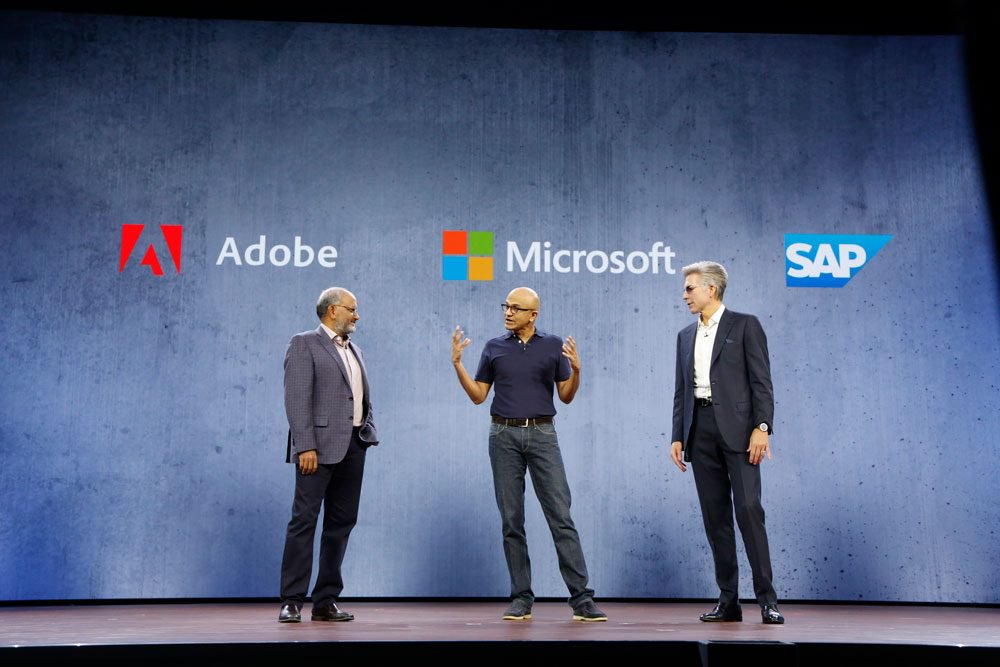
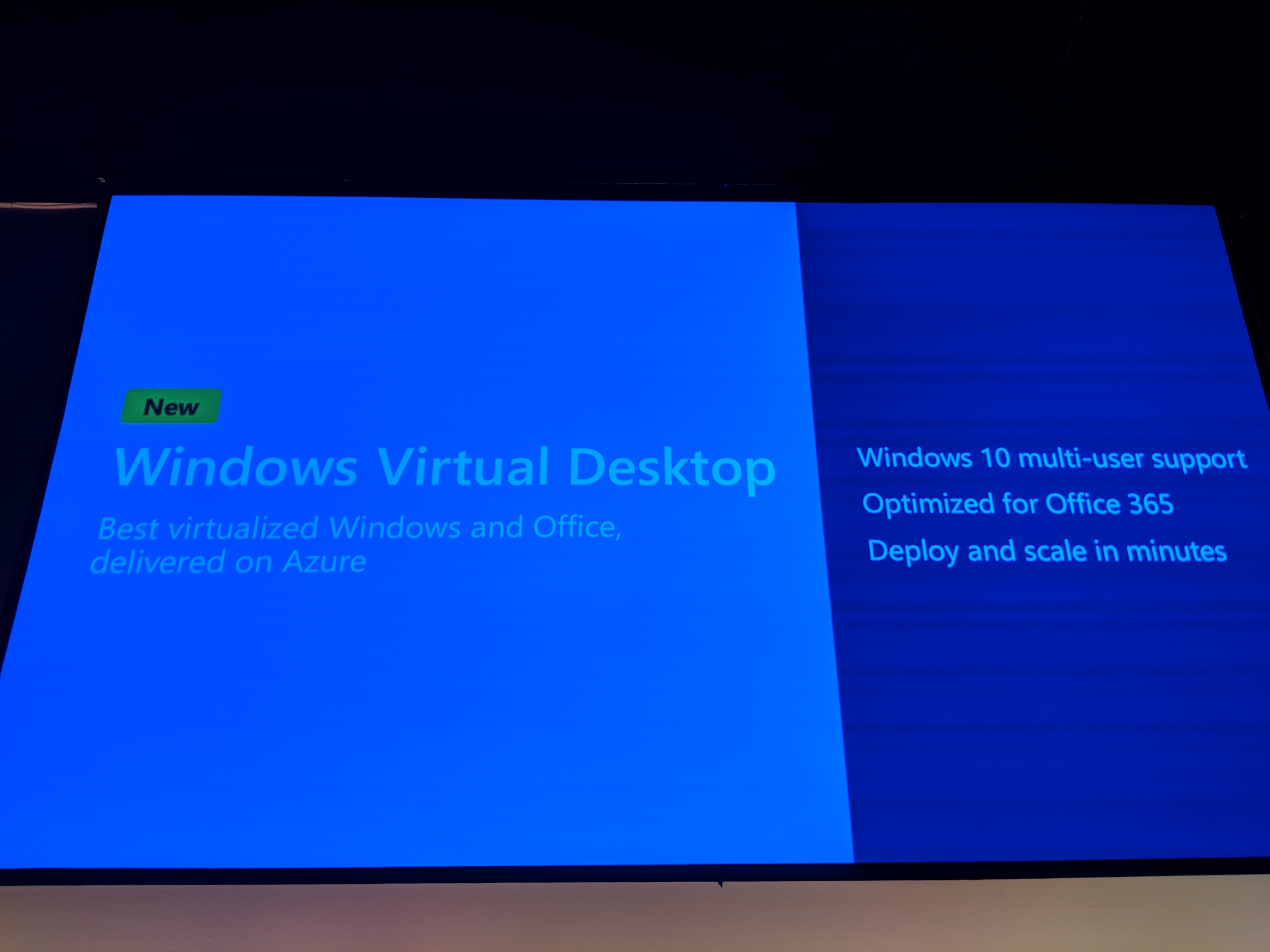
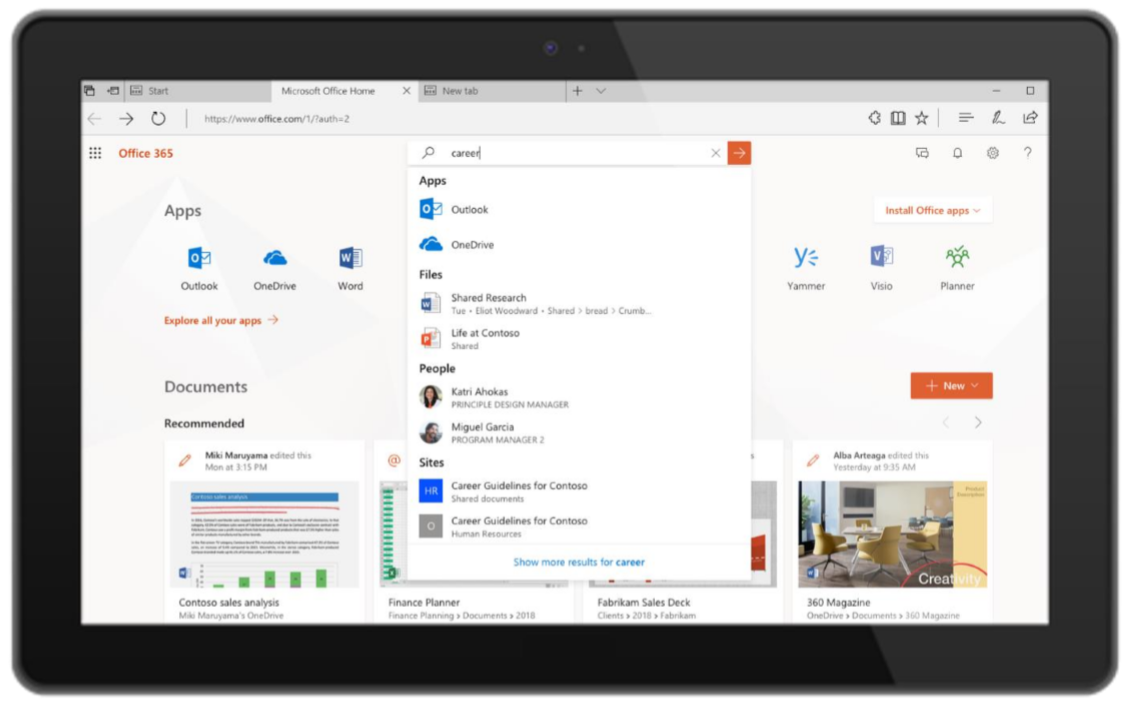


















 Swati Sinha is a senior director of global solution marketing at SAP for Sales Cloud. A seasoned enterprise software professional with varied experience in product marketing, product management, and engineering, she has worked with organizations both large and small. She is a technologist at heart and empathetic by nature, which gives her the ability to understand customer needs and tell a story about how technology can solve their business problem. She has an MBA and a master’s degree in computer applications. In her free time she likes to connect with her community and support charities.
Swati Sinha is a senior director of global solution marketing at SAP for Sales Cloud. A seasoned enterprise software professional with varied experience in product marketing, product management, and engineering, she has worked with organizations both large and small. She is a technologist at heart and empathetic by nature, which gives her the ability to understand customer needs and tell a story about how technology can solve their business problem. She has an MBA and a master’s degree in computer applications. In her free time she likes to connect with her community and support charities. 
.jpg?width=1000&name=sales-productivity-metric%20(1).jpg) Understanding your team’s performance can help you identify — and resolve — a productivity slump. See the
Understanding your team’s performance can help you identify — and resolve — a productivity slump. See the 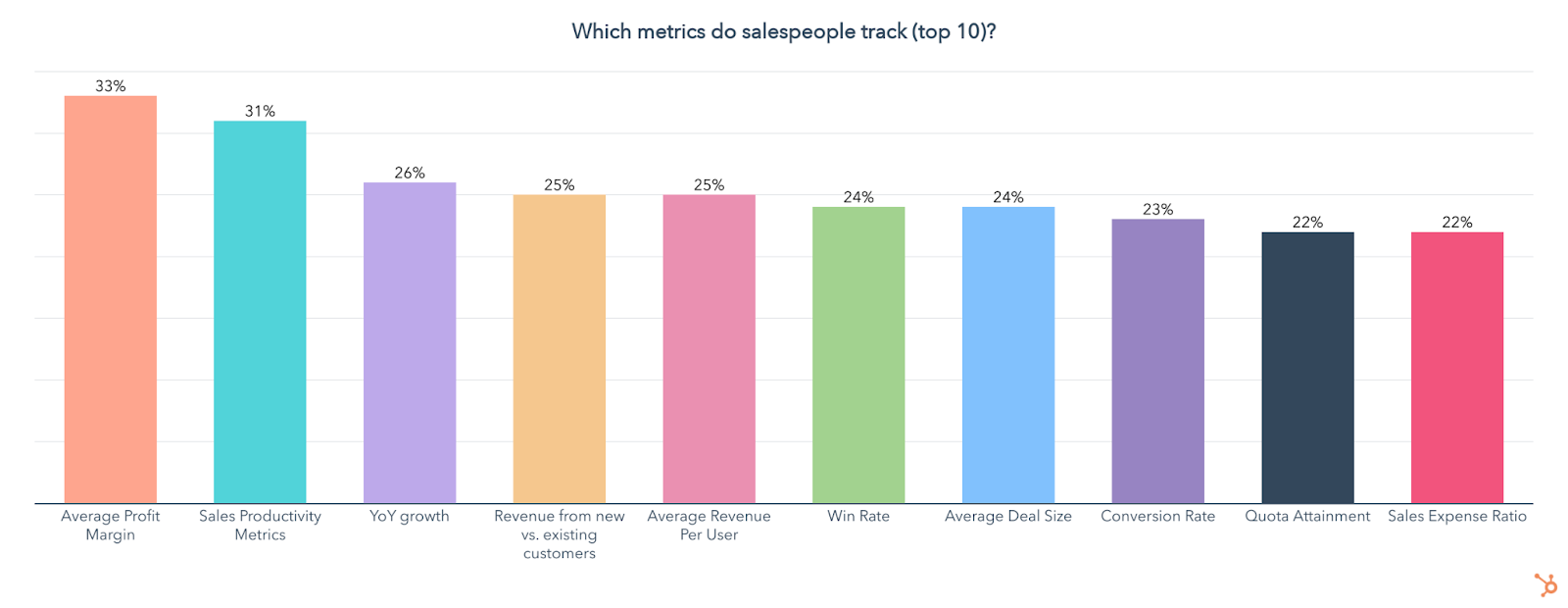
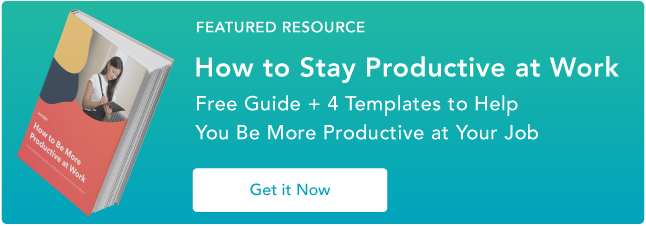

 Once you've determined which CTAs are most effective, you can apply them to email templates, and use our Email Sequences feature to automate your email follow-ups.
Once you've determined which CTAs are most effective, you can apply them to email templates, and use our Email Sequences feature to automate your email follow-ups. Rather than having to manually follow-up, you can simply set it up once, and let our email automation tool handle the busywork for you.
Rather than having to manually follow-up, you can simply set it up once, and let our email automation tool handle the busywork for you. 


 , the idea that one is both super-relational and strategic.
, the idea that one is both super-relational and strategic.


















 I took my annual pilgrimage to the Inbound Conference during the week of September 4th. The week began with the Hubspot Partner Day event on Tuesday. This day provided me with the opportunity to meet with other partners and gain a preview of the new Hubspot’s marketing plans and their newly released products and new features.
I took my annual pilgrimage to the Inbound Conference during the week of September 4th. The week began with the Hubspot Partner Day event on Tuesday. This day provided me with the opportunity to meet with other partners and gain a preview of the new Hubspot’s marketing plans and their newly released products and new features.
 The first inspirational keynote was by Beth Comstock (
The first inspirational keynote was by Beth Comstock (


 Brian made this important point during his talk – The largest influencer of buying decisions is referrals from friends and colleagues. Because of this pivotal point, businesses must delight their customers to grow. I think this point was always a factor in buying decisions. His point is that many of the other elements in the buying process have lost credibility over time, so referrals have become a much more significant factor.
Brian made this important point during his talk – The largest influencer of buying decisions is referrals from friends and colleagues. Because of this pivotal point, businesses must delight their customers to grow. I think this point was always a factor in buying decisions. His point is that many of the other elements in the buying process have lost credibility over time, so referrals have become a much more significant factor.













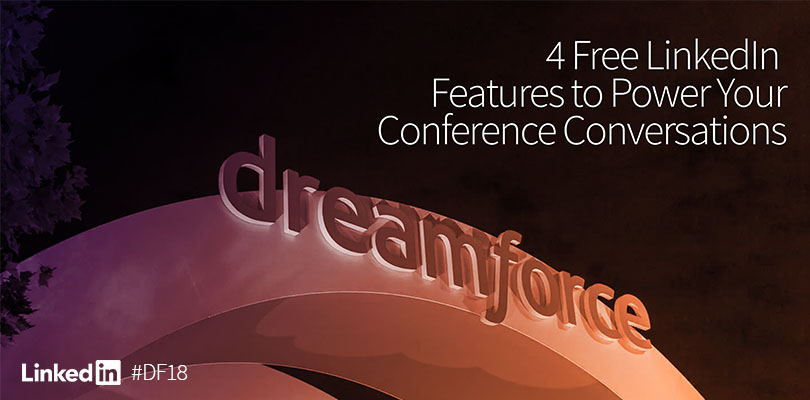

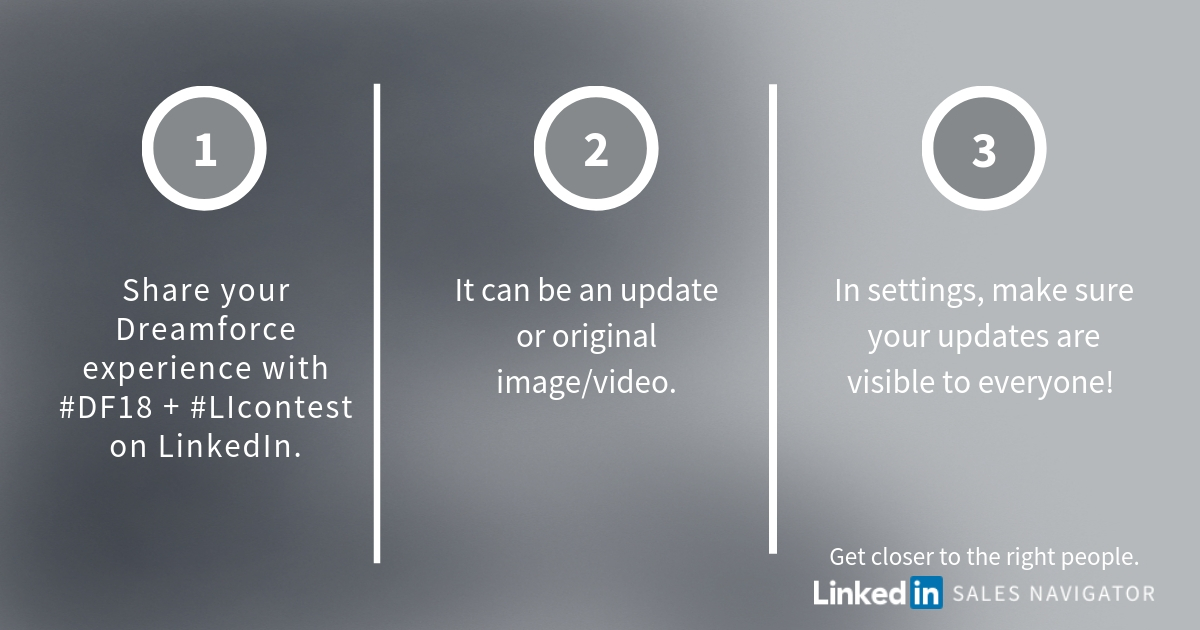



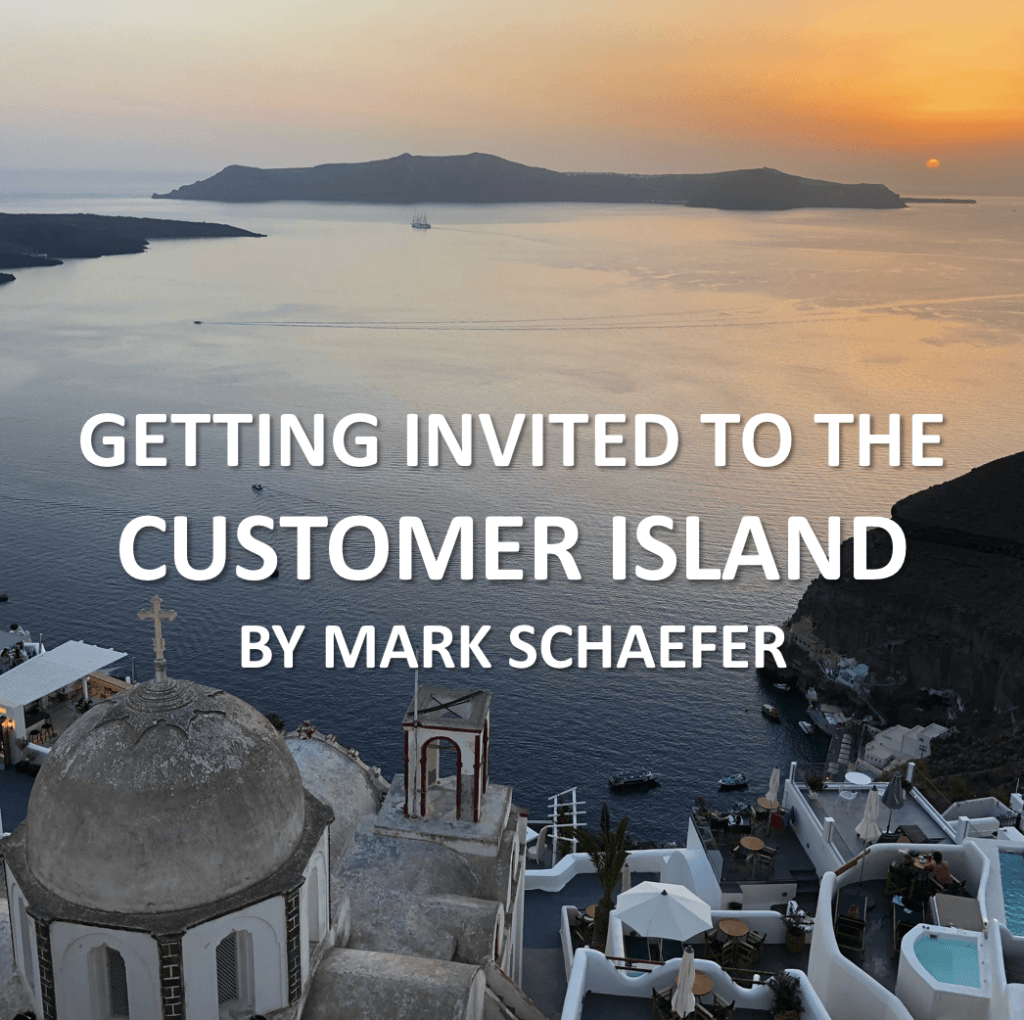
 Mark Schaefer is the chief blogger for this site, executive director of Schaefer Marketing Solutions, and the author of several best-selling
Mark Schaefer is the chief blogger for this site, executive director of Schaefer Marketing Solutions, and the author of several best-selling